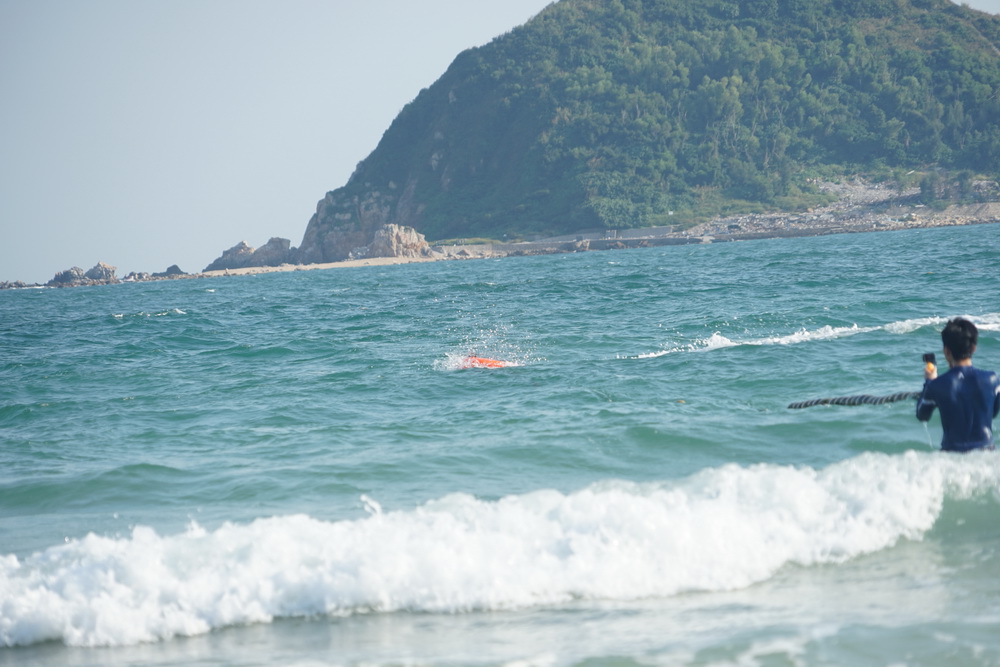Design Principles of the Water Rescue Wing's Buoyancy Structure
The water rescue wing’s ability to stably support drowning victims and enable rapid rescues in complex aquatic environments hinges on its scientifically engineered buoyancy structure. The device utilizes high-density closed-cell foam as its primary buoyancy unit, a material renowned for exceptional compressive strength and corrosion resistance, maintaining consistent buoyancy even after prolonged immersion in seawater or freshwater. Its U-shaped open-frame design not only facilitates easy gripping and boarding by victims or rescuers but also enhances overall stability through an increased contact surface. Symmetrically distributed floaters on both sides prevent capsizing during high-speed maneuvers or turns due to uneven forces. Additionally, the housing is constructed from lightweight, high-strength engineering plastic, balancing durability with portability, ensuring optimal weight control while delivering robust buoyancy.
Composition and Performance Advantages of the Water Rescue Wing's Propulsion System
Central to achieving remote and rapid rescue operations, the water rescue wing is equipped with a high-efficiency waterproof brushless DC motor coupled with a specialized propeller propulsion system, providing sustained and powerful thrust under various current conditions. The propulsion system is sealed within an independent waterproof chamber, effectively preventing moisture intrusion and ensuring safe, reliable long-term operation. Utilizing wireless remote control technology, operators can precisely guide the device’s trajectory from shorelines or boats, reaching speeds exceeding 3 meters per second—significantly reducing response times. Powered by rechargeable lithium-ion battery packs that support multiple charge cycles, the system includes real-time power monitoring to ensure energy reliability during missions. An intelligent control system further integrates overheat protection and reverse rotation prevention mechanisms, enhancing the device’s adaptability in extreme environments.

 .
.


Comprehensive Application Value of the Water Rescue Wing
By integrating advanced buoyancy structures with high-performance propulsion systems, the water rescue wing has become an indispensable asset in modern aquatic rescue operations. Whether deployed in rivers, lakes, or nearshore waters, it enables swift delivery and victim towing in situations where human responders cannot quickly reach. Compared to traditional manual rescue methods, the water rescue wing significantly reduces risks to rescuers while improving success rates. The existence of multiple names (such as "remote-controlled life ring" or "surface rescue robot") reflects its multifunctionality and broad application potential. In the future, as intelligent and autonomous technologies converge, the water rescue wing will play an increasingly vital role in public safety.




















 Current Position:
Current Position:












